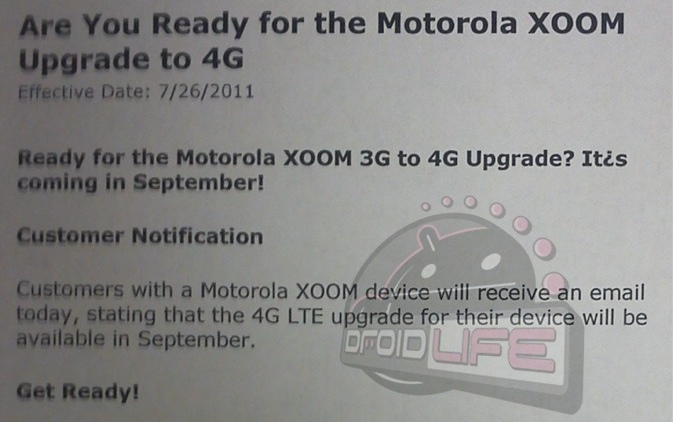You could be forgiven (and are) for skipping over the LTE news of the last six months: the roll-out of the new 4G standard has been spotty and few consumers actually have any idea what it means, or whether they have it. But Verizon’s next big investment is starting to show up in more than small-run hot spots and high-end smartphones.
Today was a big day for LTE — the vanguard of really consumer-oriented devices is hitting, and while it’ll be some time before your free-with-contract phone or bargain-bin netbook is tapping into the fourth G, the news is still significant.
Tablets with built-in 3G have been a sort of consumer visibility pilot program for widespread deployment of non-phone devices on mobile networks. Sure, 3G cards and built-in wireless have been options for laptops for a long time, but I’d say that the Kindle, iPad, and Chromebooks have pushed that idea farther in two years than it’s gone in the previous ten. It’s no longer an obscure option but a plain subset of devices. We’ll be seeing lots more, but I think some interplay between smartphone and other-device plans will be necessary before people at large see the light.

In the meantime, Verizon is pushing LTE as hard as it can to differentiate it from the competition. Today saw the introduction of an LTE-enhanced HP dm1 laptop. This ultraportable (lighter than laptops, better than netbooks, the fruit of a big HP push a couple years back) doesn’t have particularly impressive specs, but it’s the first to have built-in LTE. With a 1.6GHz AMD E-series processor, 2GB of RAM, a 320GB HDD, and an 11.6″ display, it’s about standard for its class. You can pick one up July 28 for $600 from Verizon, no contract required, and then pay monthly for LTE access: $50 for 5GB or $80 for 10GB. Not the most enticing plan, I must say, but Verizon has to maintain an elite air until it goes totally downmarket.
Next, a pair of tablets. An LTE-capable Verizon variant of the Galaxy Tab 10.1 was announced today (artist’s rendition, top), which will ship Thursday for $530 (16GB) or $630 (32GB) — that’s with a two-year agreement at a minimum of $30 a month, which gets you a whopping 2GB of data.
2GB at the advertised 12Mbps speeds equals… about 22 minutes of use. Per month. Very generous! It’s worth noting that these initial speeds will increase, since right now they can’t even match those (advertised, anyway) of T-Mobile’s pseudo-4G networks.
The Xoom, too, finally has an estimated date for its long, long overdue conversion to 4G. We were told it would happen three months after shipping. We were told we’d have a functional MicroSD slot, too. Speaking for myself, if I bought a Xoom I’d have returned it by now. But for those less disposed towards such drastic actions, September is the time (according to a memo sent to Droid-Life) when you’ll have the opportunity to back up all your data and ship your tablet to Motorola for a chip swap.

Meanwhile, Verizon continues its nation-wide roll-out of LTE networks. As of a few days ago they are live in 102 markets, and they spent over a billion more dollars in 1H11 than they did in the same period last year, due (according to CFO Fran Shammo) to LTE installation costs. This effort and expenditure should put them in around 175 markets by the end of 2011, which puts them well ahead of AT&T, which is only just now beginning its LTE push, and T-Mobile, which rather than lay down 4G networks, has attempted to redefine its HSPA+ networks (by most accounts a bridge technology like EDGE) as 4G. Their news section is choked with individual region announcements.
Right now we’re still at the early-adopter phase, but the great wheels of Verizon are creaking into motion finally, and over the next year (they hope) LTE will change from foreign acronym to household tech jargon — that is to say like 4G, megapixels, and so on, used but not fully grokked. Meanwhile, consumers should be wary of signing up for ridiculous data plans that will almost certainly be revised a few months from now during the holiday push.
